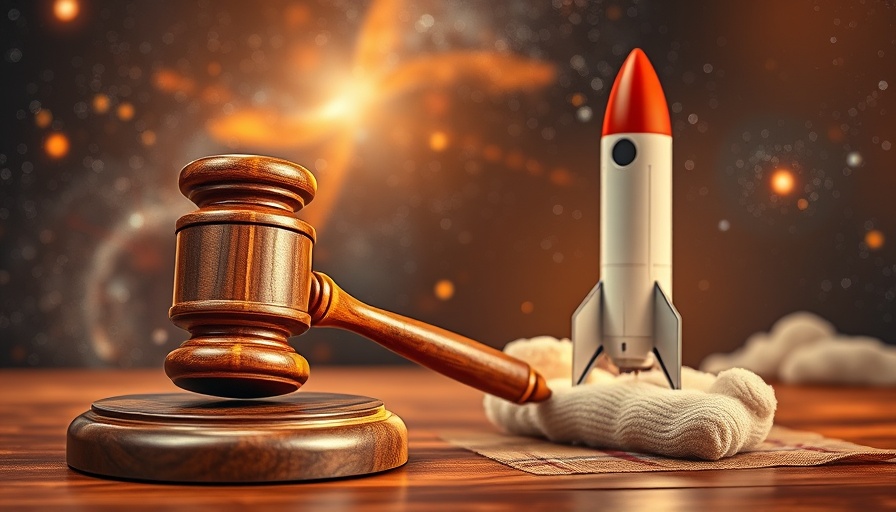
SpaceX Lawsuits: Safety Concerns Take Center Stage
SpaceX, a leader in the space exploration sector, is currently facing two lawsuits filed by former employees claiming retaliation linked to safety issues within the company. This case highlights crucial concerns regarding workplace safety and corporate responsibility in high-stakes environments.
Robert Markert's Allegations: A Tale of Safety Ignored
The first lawsuit comes from Robert Markert, a former supervisor who has dedicated 13 years to SpaceX. He alleges that he warned company executives about hazards related to the rocket fairing recovery process, emphasizing that they could potentially lead to severe injuries or fatalities. According to Markert, his warnings were disregarded in favor of financial considerations. He claims that when he raised concerns about the demanding work schedules—requiring employees to work up to 20 consecutive days—he was met with indifference, reinforcing a culture where productivity is prioritized over safety. This alarming assertion suggests a troubling atmosphere at SpaceX, where employees might feel pressured to overlook safety to meet corporate goals.
David Lavalle's Experience: Health Compromises and Job Loss
The second plaintiff, David Lavalle, a plumber for the company since 2014, shares a similar story of safety negligence. Lavalle alleges that after suffering several work-related injuries, including issues with his foot and back, he faced unaccommodated health concerns and was ultimately terminated shortly after requesting medical leave for knee pain. His account raises critical questions about how SpaceX manages employee well-being, particularly for older staff members who may face additional challenges in such physically demanding roles. Lavalle’s case also uncovers a potential trend within the company regarding the treatment of older employees, a situation that could provoke legal scrutiny.
The Collision of Speed and Safety: An Industry-Wide Concern
As SpaceX strives to launch its Starship ultra-heavy rocket and maintain an unprecedented flight schedule with the Falcon 9, the pressure for speed and cost-efficiency over safety can lead to dire consequences. This situation is not unique to SpaceX as many companies in the tech and aerospace industries grapple with the same dilemma—balancing rapid innovation against the safety of their employees. If these allegations prove founded, it could not only tarnish SpaceX's reputation but also fuel industry-wide dialogues about worker rights and safety protections.
Implications for the Tech Industry: Prioritizing Safety and Ethics
The allegations against SpaceX serve as a wakeup call for employers across the tech sector to cultivate safe workplaces. As workers become increasingly vocal about their rights, companies must foster environments that prioritize employee safety and well-being. The potential manifestation of more lawsuits like Markert’s and Lavalle’s highlights the necessity of transparency and responsiveness in corporate practices. Tech firms should consider comprehensive training and development programs to ensure that safety protocols are not only established but respected.
What This Means for Employees and Employers
For employees feeling pressured to choose between job security and safety, these lawsuits may empower them to speak up against unsafe practices. Moreover, the legal outcomes could establish precedents that compel companies to re-evaluate their safety standards seriously. For employers, these cases serve as critical reminders that maintaining a robust safety culture is not just about compliance but is fundamentally a moral obligation. The repercussions of neglecting workforce safety can lead to reputational damage, legal battles, and ultimately a lack of trust from the public as well as within their workforce.
Conclusion: Calling for Change
The lawsuits against SpaceX echo a larger narrative within the tech industry about the need for change. Prioritizing employee safety and well-being is not merely a legal requirement; it is an ethical imperative. As these cases unfold, they will undoubtedly play a role in shaping the future landscape of workplace safety practices within high-tech and high-pressure environments.
 Add Row
Add Row  Add
Add 



Write A Comment